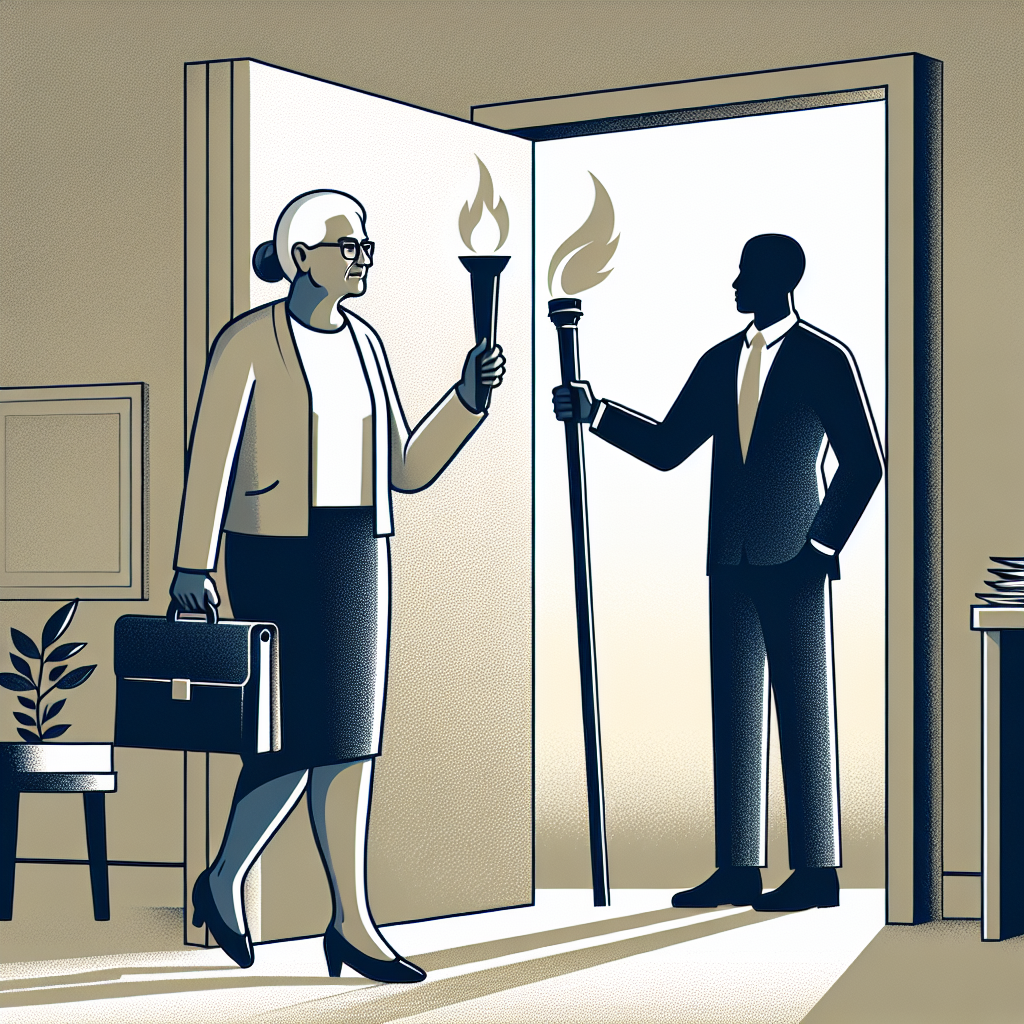Entering the job market later in life can feel daunting, but practical planning makes it achievable. Whether you want to change careers, supplement retirement income, or find purposeful work, knowing How To Get Started With Work For Over 55 gives you a clear starting point and boosts confidence as you take the next step.
Getting Started with Work After 55: first steps
Begin with a realistic assessment of your strengths, interests, and constraints. Make a short list of skills you enjoy using and tasks you’d like to avoid. Consider your health, transportation, caregiving responsibilities, and desired weekly hours. This information will shape realistic job targets — from part-time roles to contract work or self-employment.
Inventory your skills and experience
Write a one-page skills summary that highlights transferrable capabilities: communication, organization, mentoring, problem solving, and technical skills you’ve used in paid or volunteer roles. If you’ve supervised people, managed budgets, taught or trained others, or run projects, those are valuable to many employers who value experience and reliability.
Update your application materials
Refresh your resume and LinkedIn profile with a modern format and clear accomplishments. Focus on recent and relevant achievements; use metrics where possible (e.g., reduced processing time by 30%, trained 20+ staff). If an employer might assume outdated technical skills, proactively list current tools or certifications you have completed.
Finding suitable opportunities and networking
Look for roles that match your lifestyle: flexible scheduling, remote work options, or contract positions. Use multiple channels — online job boards, community centers, local nonprofits, and staffing agencies that specialize in mature workers. Reach out to former colleagues and acquaintances; many openings are filled through referrals.
For women considering a fresh start later in life, specialized advice and stories can be especially motivating. See this helpful resource about starting fresh and exploring new career paths for women at midlife: Starting fresh — new career paths for women at 50.
Use trusted labor market data
Check government career outlooks to identify growing occupations and sectors that hire older workers. For general trends and options for older workers, a clear overview from the U.S. Bureau of Labor Statistics can help you target in-demand fields and understand employment prospects: BLS overview of older workers and labor trends.
Training, upskilling, and microcredentials
Short courses, certificates, and community college classes can bridge skill gaps without committing to a multi-year degree. Look for free or low-cost online offerings, local adult education, or industry-specific certifications. Prioritize practical, demonstrable skills that employers value — basic digital literacy, customer service, bookkeeping, caregiving credentials, or trades training.
- Take a short course that adds a current tool or certification to your resume.
- Volunteer in roles that build relevant experience and expand your network.
- Join local meetup groups or professional associations to meet hiring managers and peers.
Practical job search tactics
When applying, tailor your resume and cover letter to each job; highlight the most relevant experience first. Practice interviewing with friends, focusing on telling concise stories that show impact and reliability. If you’re concerned about age bias, emphasize adaptability, continuous learning, and energy for the role. Consider temporary or gig work as a bridge to steady positions.
Negotiating work arrangements
Be clear about what you need: schedule flexibility, part-time hours, or remote work. Employers increasingly accept alternative work arrangements when the candidate brings proven skills. Frame requests in terms of how they will help you be more productive or reduce turnover.
Wellness, finances, and realistic expectations
Balance the financial and personal benefits of working with rest and leisure. Protect your health by choosing physically appropriate roles, and consider phased retirement options if available. Review how part-time earnings might affect pensions, Social Security, or benefits before committing.
Bulleted quick-start checklist
- Create a one-page skills summary and update your resume.
- Identify 3 target roles and list required skills.
- Take one short course or certification relevant to those roles.
- Network with former colleagues and local employer groups.
- Apply to a mix of part-time, contract, and temp roles to gain momentum.
Common questions
Is it too late to change careers after 55?
No — many people successfully shift into new fields later in life. With focused skill-building, networking, and realistic expectations, a transition is possible and often rewarding.
How can I overcome age bias in hiring?
Emphasize adaptability, up-to-date skills, and recent accomplishments. Use a skills-focused resume, prepare strong interview stories, and consider part-time or contract roles to demonstrate value quickly.
Where can I find training that’s affordable?
Look to community colleges, public workforce programs, nonprofit training providers, and reputable online platforms. Libraries and local employment centers often provide free workshops and job-search help.



